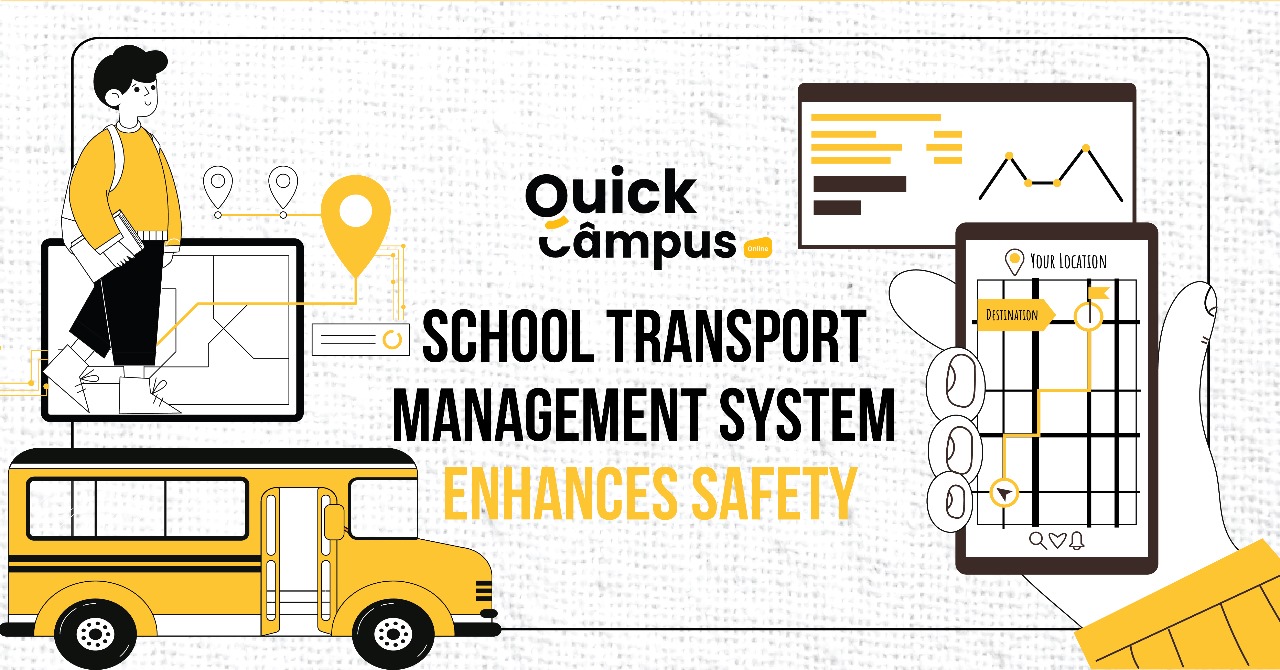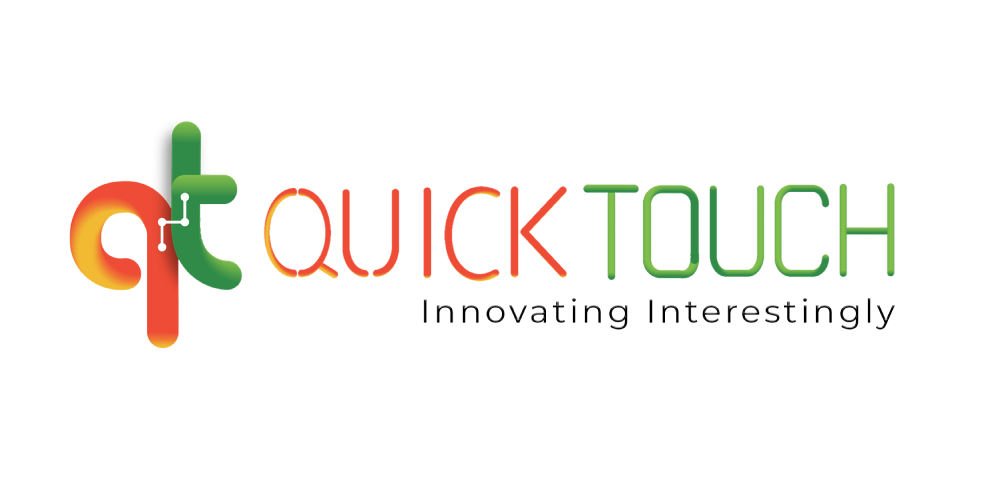Collaborative Learning and Student Engagement: A Winning Combination
Collaborative learning is a teaching approach that involves students working together in groups to learn and solve problems. The benefits of collaborative learning are numerous, and this article will explore them in detail.
Collaborative learning is becoming increasingly popular in schools and universities around the world. It is a teaching approach proven to be effective in improving student engagement and learning outcomes.
This article will provide a brief overview of collaborative learning and its benefits.
Benefits of Collaborative Learning
Improved Student Engagement:- Collaborative learning can help students become more engaged in the learning process. Students are more likely to participate actively in discussions and activities when they work together.
Increased Knowledge Retention:- Collaborative learning can also improve knowledge retention. When students work together, they can reinforce each other’s learning and build on their existing knowledge.
Improved Critical Thinking:- Collaborative learning can help students develop source evaluation and critical thinking skills. When students work together, they get exposed to different perspectives and ideas, which can help them think critically about the subject matter.
Improved Communication Skills:- Collaborative learning can help students develop better communication skills. When students work together, they must communicate effectively to achieve their goals.
Strategies for Successful Collaborative Learning
Establish Clear Goals and Expectations:- It is vital to establish clear goals and expectations from the outset to ensure the success of collaborative learning. This can help ensure that students are working towards a common objective.
Provide Adequate Resources:- Successful collaborative learning requires resources, like materials and technology. Providing students with the necessary resources can help them work more effectively together.
Assign Roles and Responsibilities:- Assigning roles and responsibilities to group members can help ensure everyone contributes to the group’s success. This approach can also help prevent conflicts and ensure everyone is working towards the same goal.
Limitations of Collaborative Learning
Unequal Contribution:- One of the limitations of collaborative learning is that some students may contribute more than others. This can lead to feelings of frustration and resentment among group members.
Group Dynamics:- Collaborative learning can be challenging if group dynamics are poor. If there is a lack of trust or respect among group members, it can be hard to work together effectively.
Time Constraints:- Collaborative learning can be time-consuming. If there are time constraints, completing the necessary tasks on time may be painstaking.
Conclusion
Collaborative learning is a powerful teaching approach that can improve student engagement, knowledge retention, critical thinking, and communication skills. For successful collaborative learning, it is crucial to establish clear goals and expectations, provide adequate resources, and assign roles and responsibilities to group members. While there are some limitations, the benefits far outweigh the drawbacks.












